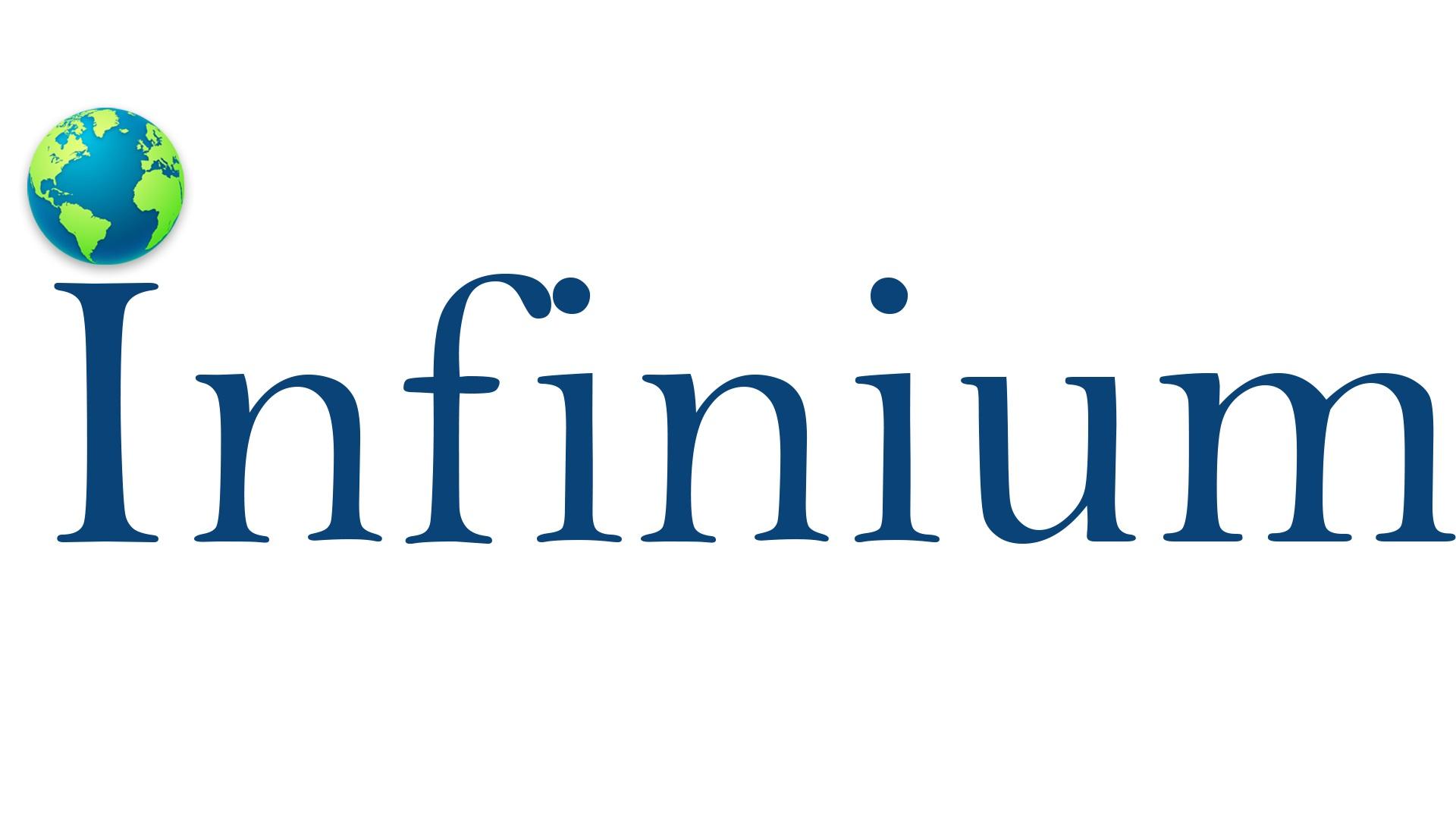From Soil to Structures: The Versatility of Ground Penetrating Radar

The global ground penetrating radar (GPR) market is on a steady growth trajectory, driven by increasing demand for advanced subsurface detection technologies in various industries. According to the report, the market is projected to grow at a compound annual growth rate (CAGR) of about 8% over the forecast period of 2022-2028. The global ground penetrating radar market was valued at over USD 3,600 million in 2022 and is expected to surpass USD 5,600 million by 2028.
What is Ground Penetrating Radar (GPR)?
Ground penetrating radar (GPR) is a geophysical method that uses radar pulses to image the subsurface. It is a non-invasive technology commonly used to detect and map subsurface structures, objects, and changes in material properties. GPR is widely utilized in sectors such as construction, archaeology, utilities, environmental studies, and military applications.
Get Sample pages of Report: https://www.infiniumglobalresearch.com/reports/sample-request/40130
Market Dynamics and Growth Drivers
Several factors are driving the growth of the global GPR market:
Infrastructure Development and Maintenance: The increasing need for subsurface investigations in large-scale infrastructure projects, such as road construction, tunnel development, and utility maintenance, is a key driver for the adoption of GPR. The ability to detect underground utilities, voids, and potential hazards helps avoid costly errors during construction.
Growing Adoption in the Archaeology and Forensics Fields: GPR is extensively used in archaeology for locating historical artifacts, burial sites, and other subsurface features without disturbing the ground. In forensic investigations, GPR is employed to detect buried objects or evidence, enhancing its application scope.
Technological Advancements: Advances in GPR technology, including improvements in detection accuracy, depth range, and portability, are expanding its usage across multiple industries. Enhanced radar systems with better resolution and real-time data interpretation capabilities are contributing to market growth.
Environmental and Geotechnical Applications: GPR is also widely used in environmental studies to detect groundwater, soil contamination, and subsurface geological structures. In geotechnical engineering, it plays a crucial role in evaluating subsurface conditions for building foundations, ensuring stability and safety.
Regional Analysis
North America: North America dominates the ground penetrating radar market, driven by its robust construction industry, advanced infrastructure projects, and strong regulatory framework. The U.S. is the leading market in the region, supported by growing investments in transportation infrastructure and environmental protection.
Europe: Europe is a significant market for GPR, with countries like Germany, the U.K., and France leading in the adoption of this technology. The region’s strong emphasis on archaeological research, infrastructure development, and utility detection drives the demand for GPR.
Asia-Pacific: The Asia-Pacific region is expected to witness rapid growth in the GPR market due to increasing infrastructure development, urbanization, and investments in utilities and transportation networks. China, Japan, and India are the key markets contributing to the region’s growth.
Latin America and Middle East & Africa: These regions are experiencing gradual growth in the GPR market, fueled by infrastructure modernization, oil and gas exploration, and environmental initiatives. The adoption of GPR technology in archaeological and utility sectors is also contributing to market expansion.
Competitive Landscape
The ground penetrating radar market is highly competitive, with several key players and emerging companies offering innovative solutions. Key players include:
GSSI (Geophysical Survey Systems, Inc.): A leading provider of GPR systems, GSSI is known for its advanced, high-performance radar solutions used in infrastructure, geotechnical, and archaeological applications.
Mala Geoscience: Offers a wide range of GPR equipment, with a focus on environmental, utility, and construction applications.
IDS GeoRadar: Specializes in GPR solutions for tunnel inspection, utility detection, and civil engineering projects.
Leica Geosystems: Provides integrated GPR solutions with an emphasis on geospatial data accuracy and real-time subsurface mapping.
Radiodetection: Known for its utility detection and survey systems, Radiodetection offers GPR solutions for locating underground pipes and cables.
Report Overview : https://www.infiniumglobalresearch.com/reports/global-ground-penetrating-radar-market
Challenges and Opportunities
The ground penetrating radar market faces challenges such as the high cost of advanced systems and limited expertise in operating complex GPR technologies. Furthermore, GPR may have reduced effectiveness in certain subsurface conditions, such as highly conductive soils, which can affect the accuracy of results.
However, there are significant opportunities for growth. The increasing focus on urban infrastructure development, environmental conservation, and technological innovation presents avenues for expansion. GPR’s growing application in the military, transportation, and energy sectors provides further potential for market development. Companies that focus on cost-effective, portable, and user-friendly solutions are well-positioned to capitalize on this expanding market.
Conclusion
The global ground penetrating radar market is set for steady growth, driven by its diverse applications in infrastructure, archaeology, environmental studies, and geotechnical engineering. With revenue expected to surpass USD 5,600 million by 2028, the market presents substantial opportunities for innovation and investment. As industries continue to evolve and require more precise subsurface data, GPR technology will play a critical role in enhancing project efficiency, safety, and cost-effectiveness.
Discover More of Our Reports
- Hydroponic Fodder Systems Market
- Regenerative Agriculture Market
- Fromage Frais and Quark Market
- Pesticide Residue Testing Market
- Cut Flower Packaging Market
- Orthopedic Devices Market
- Medical Transport Box Market
- IoT in Agriculture Market
- Hydrogen Fuel Cell Market
- Medical Tourism Market
- Homogenizers Market
- Art
- Causes
- Crafts
- Dance
- Drinks
- Film
- Fitness
- Food
- الألعاب
- Gardening
- Health
- الرئيسية
- Literature
- Music
- Networking
- أخرى
- Party
- Religion
- Shopping
- Sports
- Theater
- Wellness
- IT, Cloud, Software and Technology


